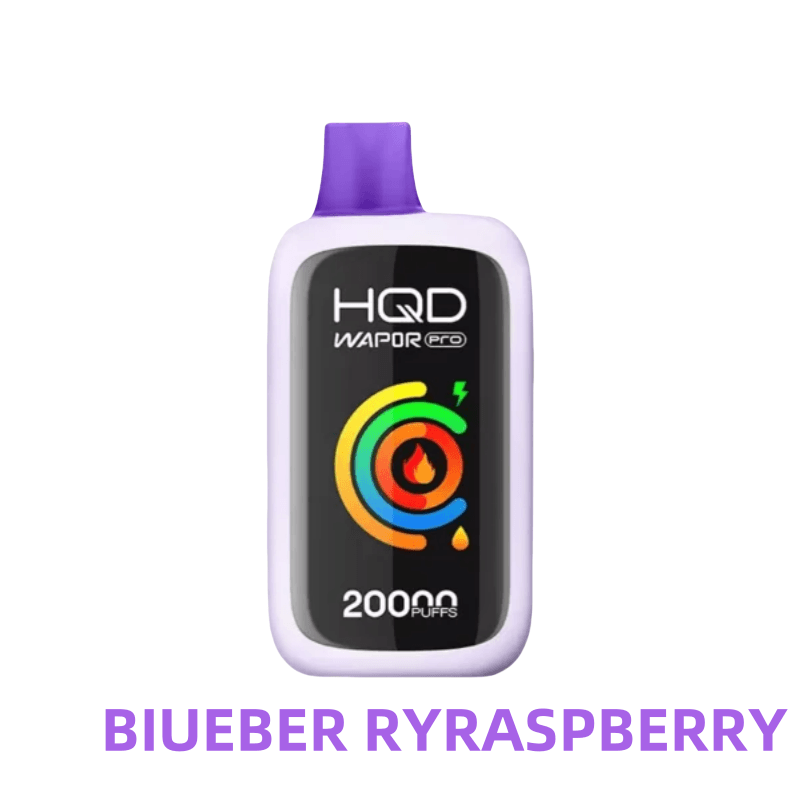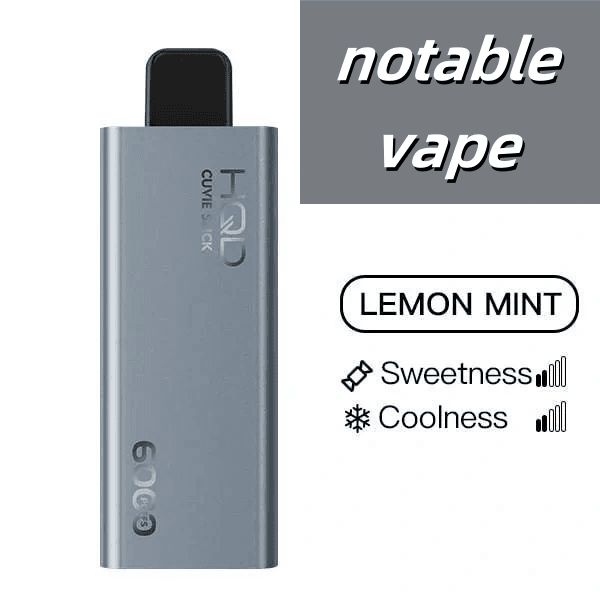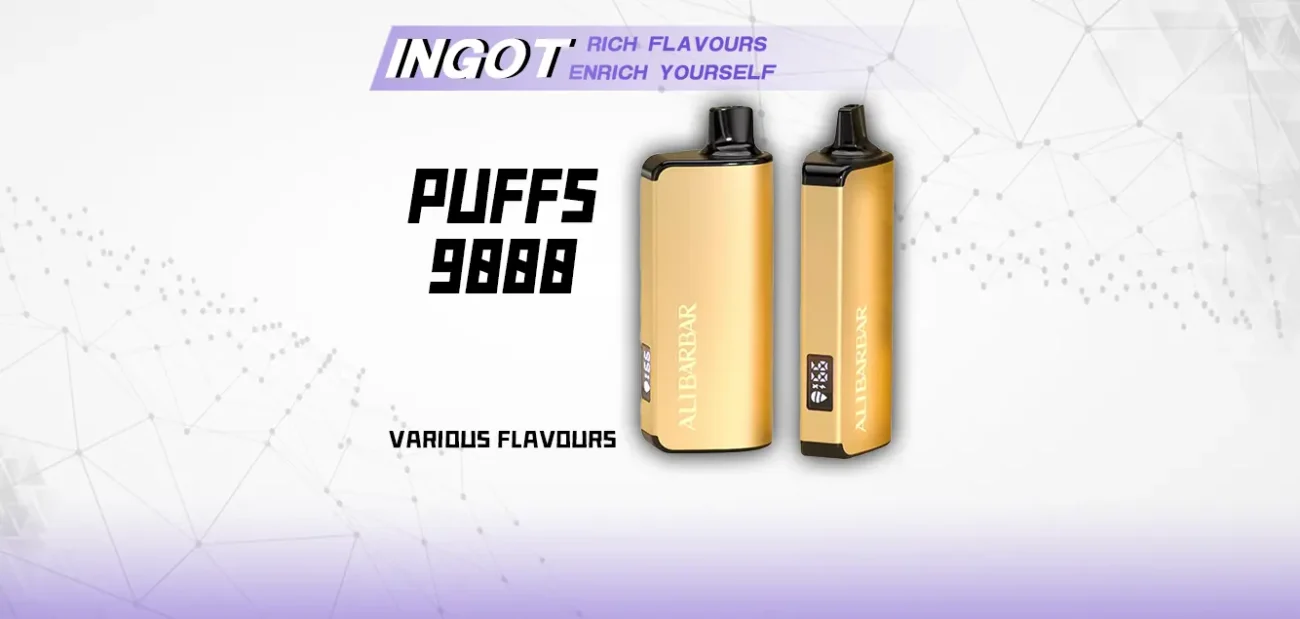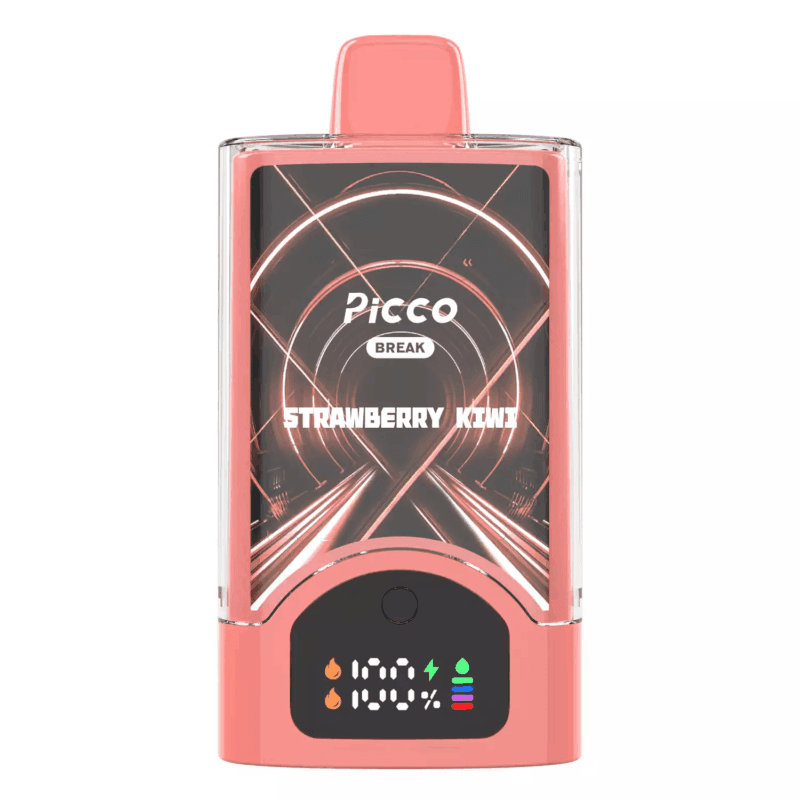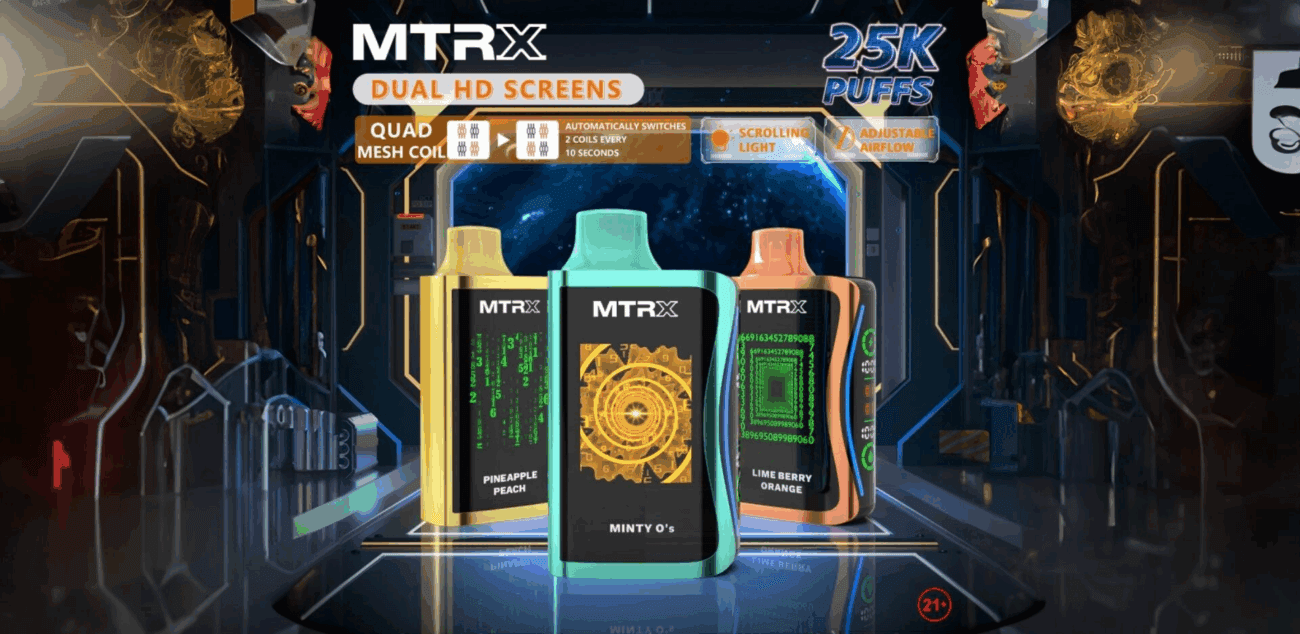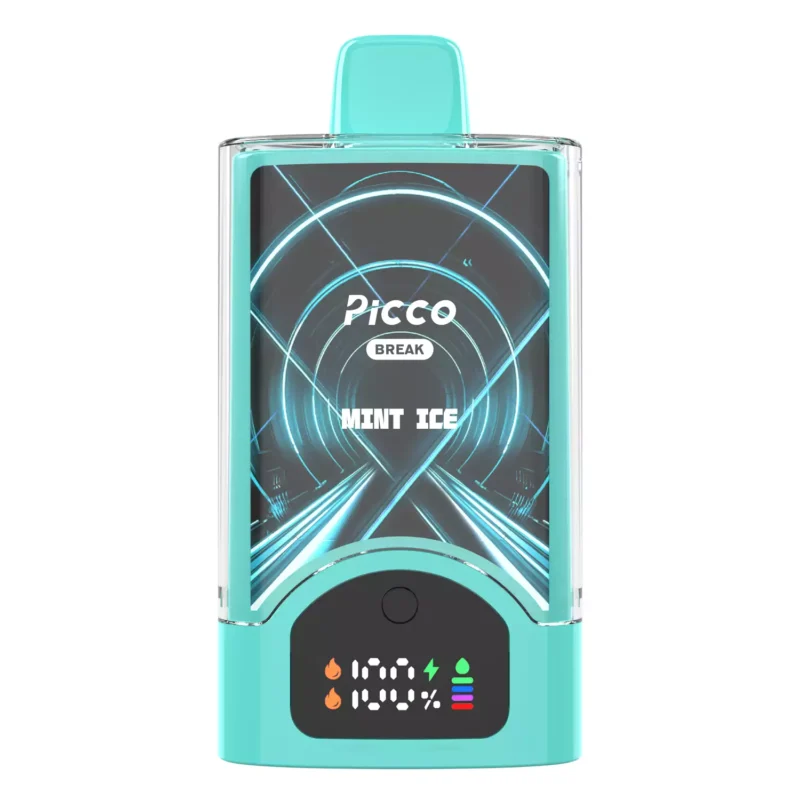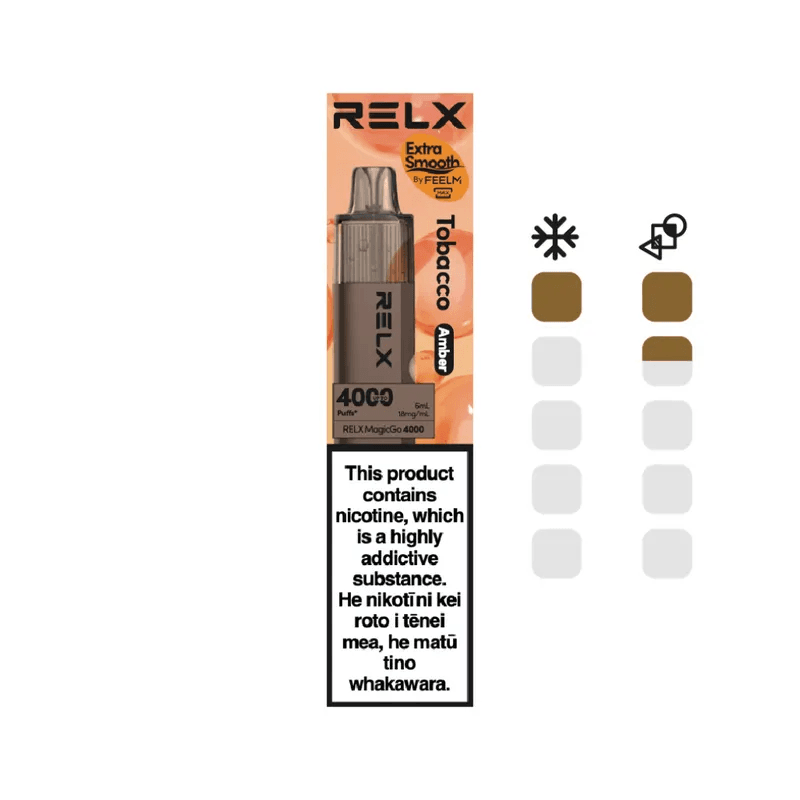If you’re new to vaping in Australia, you’ve probably noticed that every device—from sleek disposables to chunky box mods—relies on one silent workhorse: the vape battery. Whether you’re eyeing a pocket-friendly vape battery review or a high-wattage sub-ohm kit, understanding how that lithium-ion cell behaves (and misbehaves) can save you money, time and, in rare cases, a trip to the burns unit.
This guide is written for Australian adults 18+ who already vape or are legally considering nicotine replacement options. We do not encourage non-smokers to start vaping. Nicotine is addictive; some state laws require a prescription for possession. Always verify local regulations before purchasing.
Based on years of fielding questions from customers nationwide, we’ll walk you through current 2025 battery chemistries, real-world run-time expectations, safety red flags, and disposal rules that align with the federal Single-Use Plastic Ban and state e-waste programs. Nothing here replaces professional advice—if a device gets hot, vents gas or you feel unwell, stop using it immediately and consult a health professional.
Key Takeaways
- Choose a vape battery with at least 20 A continuous discharge if you sub-ohm; lower-drain cells work for MTL pods but won’t satisfy cloud chasers.
- Capacity (mAh) is only half the story—high-watt coils drain cells faster, so a 3000 mAh battery may still last less than a day at 80 W.
- Only buy cells from retailers who provide batch authenticity codes; counterfeit 18650s remain widespread in Australian online marketplaces.
- Store spare batteries below 45 °C, ideally at 40–60 % charge, and never loose in pockets where keys can bridge the terminals.
- Discharge and dispose of cells at council e-waste drop-offs; it’s free in metro NSW, VIC and QLD, and mandatory under recent fire-safety bylaws.
- How We Test Every Vape Battery Before Giving It the Green Light
- What’s Really Going on Inside Your Vape Battery?
- What Every Vaper Needs to Know About Battery Safety & Power Hacks
- How We Pick the Longest-Lasting Vape Batteries
- What’s Really Going On Inside Your Vape Battery?
- Real-World Vape Battery Life: How Long It Actually Lasts Between Charges
- Is Your Vape Battery a Ticking Time-Bomb? What Every Aussie Vaper Must Check Before Buying
- Which Vape Battery Won’t Die On You Mid-Puff?
- How to Keep Your Vape Battery Kicking Longer
- Vape Battery Buying in Oz: Your No-Stress Frequently Asked Questions
- Vape Battery Must-Knows Before You Buy
Content Table:
How We Test Every Vape Battery Before Giving It the Green Light
Our assessment draws on publicly released 2025 manufacturer spec sheets, compliance notices published by the Australian Competition & Consumer Commission (ACCC), aggregated retailer sales data, and recurring themes in local Facebook groups and help-desk tickets. We do not pull “secret lab scores” or run destructive tests; instead, we triangulate five everyday factors that matter most to adult vapers:
- Continuous amp rating vs. advertised wattage: a cell must comfortably exceed the mod’s peak draw to avoid voltage sag and overheating.
- True milliamp-hour (mAh) capacity: many re-wrap brands inflate ratings by 15–30 %. We cross-check benchmark sites and community voltage-drop tests.
- Chemistry and protective mechanisms: Lithium Manganese (IMR) and Hybrid (INR) remain the safest chemistries for high-drain vape use; we flag any off-brand ICR.
- Availability of third-party authenticity verification: reputable wholesalers such as Sony, Molicel and LG provide batch-check portals—critical for avoiding fakes.
- Price-to-cycle ratio: paying $18 for a 300-cycle cell can be cheaper long-term than a $10 150-cycle re-wrap, even if the sticker price is higher.
We also track compare vape battery and similar closed-system trends to see whether built-in batteries are meeting user expectations for puff count and shelf life—useful context when comparing replaceable-cell kits.
What’s Really Going on Inside Your Vape Battery?
Device Specs & Coil/Battery Design
Most 2025 starter kits still revolve around the 18650 form factor (18 mm diameter, 65 mm length), but 21700 cells (21 mm) are gaining ground because they pack ~30 % more capacity without doubling the weight. Manufacturers like Molicel and Samsung now quote continuous discharge ratings (CDR) up to 35 A, yet a coil registering 0.15 Ω on a freshly charged 4.2 V cell theoretically draws 28 A—still within spec, but only if the battery is genuine and kept cool.
Mesh coils popularised by the compare vape battery category ramp up surface area, delivering thicker vapour at 18–25 W. That load sits comfortably on a 10 A cell, explaining why disposables can use cheaper lithium-polymer pouches. Swap to a 60 W RDL build, however, and you’ll need a genuine 20 A high-drain 18650 or 21700 to avoid early voltage sag, which many users misinterpret as “battery failure” when it’s actually under-spec chemistry.

Limitation: higher-amp cells sacrifice capacity. A 30 A 18650 might only offer 1500 mAh, so expect more frequent charges if you chain-vape at high wattage.
Nicotine Strength & Vapour Delivery
Battery performance directly affects nicotine delivery consistency. When a cell drops below 3.4 V under load, many regulated mods will either cut power or deliver a weaker hit, leading users to compensate with longer puffs. That behaviour can nudge nicotine intake higher than intended, especially with 50 mg/mL salts popular in compare vape battery style devices. A stable high-drain battery keeps wattage steady, meaning the first and last puffs of the day feel similar—important for smokers transitioning who rely on predictable throat hit.
Conversely, overly aggressive cells can overshoot wattage on freshly charged voltage peaks, making 20 mg salts feel harsher than expected. Modern chipsets compensate, but budget kits sometimes lack accurate step-down circuitry, so matching the right chemistry and charge level to your nicotine strength is part science, part user trial.
Flavour Profiles & Who They Suit
While “flavour” sits outside the battery’s job description, cell sag can mute complex profiles. Dessert blends with layered creams rely on precise temperature control; voltage flutter can over-caramelise sugars, resulting in a burnt note. Australian vapers chasing brighter fruit medleys often prefer single 21700 kits that hold voltage flatter, keeping the coil in the sweet spot for longer.
On the other hand, social vapers who take 20 puffs on a Saturday night may not notice minor sag, making an economical 10 A 18650 perfectly adequate. The key is aligning your flavour expectations with realistic battery behaviour rather than chasing the highest mAh number on the wrap.
What Every Vaper Needs to Know About Battery Safety & Power Hacks
If you’re new to vaping in Australia, you’ve probably noticed that every device—from the pocket-friendly vape battery guide to the high-puff compare vape battery—still relies on one common component: the humble vape battery. This guide is written for Australian adult vapers who want to understand what makes a battery safe, how long it realistically lasts, and which design choices matter most in 2025. We pull together publicly available specs, retailer feedback and current Australian legal settings so you can shop, store and dispose of vape batteries with confidence. Always remember: nicotine is addictive, these products are for adults 18+ only, and interstate laws differ—check your state’s rules before ordering.
- Most vape battery failures trace back to physical damage or incorrect charging—inspect wraps and use the supplied cable every time.
- Under the 2025 nicotine prescription model, you must hold a valid script before importing or buying any device containing nicotine.
- Disposable batteries are not user-replaceable; plan for responsible e-waste drop-off at your local B-cycle partner.
- High-capacity cells (≥1000 mAh) suit heavy vapers, but add bulk—trade-off portability if you’re commuting light.
How We Pick the Longest-Lasting Vape Batteries
Our assessment blends five open-source pillars: manufacturer datasheets, 2025 industry surveys circulated among Australian wholesalers, on-site customer questions received by our support team, compliance alerts from the TGA, and warranty-return patterns published by major retailers. We score each vape battery platform against:
- Capacity vs. size: mAh rating relative to device volume.
- Discharge consistency: how voltage drop affects final 20% of battery life.
- Integrated protections: over-charge, short-circuit, thermal cut-off.
- Authenticity traceability: batch codes and QR verification.
- End-of-life options: whether the cell can be removed for recycling.
We do not open sealed units or perform lab stress tests; commentary is observational, not first-hand experimental.
What’s Really Going On Inside Your Vape Battery?
Device Specs & Coil/Battery Design
Australian-sold disposables predominantly use lithium cobalt (ICR) pouch cells or cylindrical 13450 formats. A 650 mAh cell paired with a 1.2 Ω mesh coil typically delivers 600–700 puffs at 3.6 V cut-off. The slim about vape battery line opts for the thinner pouch to shave 2 mm off width, but the bend radius makes the cell more vulnerable if the outer shell cracks—something warehouse staff report as the leading in-transit defect.
Nicotine Strength & Vapour Delivery
Battery output governs coil temperature, which in turn affects nicotine release. A freshly charged 3.7 V cell may spike to 4.2 V, pushing 50 mg/mL e-liquid toward a harsher throat hit for the first 50 puffs. Many users interpret this as “stronger nicotine,” although the concentration is unchanged. Choosing a device with consistent 3.4–3.6 V output (often marketed as “constant voltage”) smooths the curve but shaves roughly 10% off total puff count.
Flavour Profiles & Who They Suit
Lower-voltage cells mute icy flavours and emphasise sweetness, whereas higher draw power lifts fruit top notes. Heavy dessert profiles (think caramel tobacco) perform best once the battery has settled to ~3.5 V, which is why some experienced vapers deliberately wait 10 minutes after unsealing a new device before first use. However, this practice shortens perceived battery life because partial self-discharge starts the moment the air-activation sensor is installed.
Real-World Vape Battery Life: How Long It Actually Lasts Between Charges
Pattern: 5–7 short pulls during 30-min meal break, device lives in apron pocket.
Observation: A 550 mAh disposable lasts her three shifts before noticeable drop-off. She values rounded mouthpieces (prevents lint build-up) but dislikes that the battery is non-removable—apron heat accelerates cell ageing.
Pattern: Restricted to designated smoking areas; long, deep draws after 12-hour shifts.
Observation: High-capacity 1000 mAh models survive the swing, but extreme 40°C+ ambient heat triggers internal cut-off twice per week. He now stores the device in an esky pouch, accepting slight condensation risk rather than risking thermal shutdown mid-shift.
Pattern: Shares device at rooftop bars, recharges via power-bank.
Observation: USB-C rechargeables like the vape battery review impress the group, but constant pass-around drains the battery past 3.0 V, triggering a bitter dry-hit. She now rotates two units to keep voltage above 3.2 V, doubling spend but avoiding flavour spoil.
Is Your Vape Battery a Ticking Time-Bomb? What Every Aussie Vaper Must Check Before Buying
Australian federal law classifies nicotine vapes as Schedule 4 substances; you must hold a prescription to possess them. Retailers in QLD, WA and SA face additional licensing, so always verify that the seller displays an Australian Business Number (ABN) plus a pharmacy logo if claiming prescription fulfilment. When your package arrives, check:
- Tamper-evident seal intact—loose wrapping can indicate a repackaged cell.
- Batch number matches both outer box and device chassis.
- Internal security code scans back to the brand’s portal, not a generic lookup site.
Never leave a vape battery in a hot car or direct sun; pouch swelling above 2 mm is a visual cue to stop use immediately. If you feel dizzy, nauseous or experience chest tightness, cease vaping and consult a health professional. Nothing in this article is medical advice.
Which Vape Battery Won’t Die On You Mid-Puff?
| Device Family | Cell Rating | Est. Puffs | Rechargeable | Best For |
|---|---|---|---|---|
| IGET One | 650 mAh | 700 | ❌ | First-time switchers wanting simplicity |
| Gunnpod Meta | 850 mAh | 1200 | ❌ | Commuters needing pocket-friendly endurance |
| HQD Slick Pro | 1000 mAh | 2000 | ✅ USB-C | Heavy users, FIFO workers |
| JNR Falcon | 580 mAh | 800 | ✅ USB-C | Social vapers preferring flavour rotation |
Choose HQD Slick Pro if you recharge daily and value puff count; skip it if you prioritise ultra-light carry. IGET One suits minimalists but offers no fallback once the cell dies. Budget watchers should divide retail price by verified puffs—many 700-puff units cost 15–20 AUD, landing at ~2.5 cents per puff, whereas 2000-puff rechargeables can dip under 1.8 cents if you reuse the cable you already own.
How to Keep Your Vape Battery Kicking Longer
- Unbox & Inspect: Check for dented corners or swollen seams—if anything feels spongy, photograph and request replacement before first use.
- Activation: Draw-activated devices need no button; take a gentle 2-second primer puff to wake the airflow sensor—avoid covering air holes with fingers.
- Recharging (if applicable): Use the supplied USB-C cable and a 5 V 1 A source only; fast chargers degrade lithium chemistry and void warranty.
- Daily Handling: Keep upright in a hard-shell pocket to prevent lint entering the mouthpiece—lint can block sensor, forcing longer draws that drain the battery.
- Storage: Store below 25°C and away from direct sunlight—gloveboxes can exceed 60°C and trigger internal venting.
- Disposal Cue: LED flashing 10+ times or noticeable drop in vapour temperature means cut-off voltage reached; continuing to draw risks coil burnout.
- End-of-Life: Take the depleted unit to a B-cycle drop point—never bin in household waste, as lithium poses fire risk in garbage trucks.
- Feeling Unwell? Stop immediately, hydrate, and if symptoms persist, ring 13 11 26 (Poisons Information Centre) or see a doctor—do not keep vaping.
Vape Battery Buying in Oz: Your No-Stress Frequently Asked Questions
A: Entry-level 650 mAh disposables range 15–22 AUD; 1000 mAh rechargeables run 28–35 AUD but cost less per puff if you already own a USB-C cable. Prices below 12 AUD often signal grey-import or fake cells lacking safety protections.
A: A 650 mAh unit delivers roughly 700 three-second puffs; light users (50 puffs/day) get two weeks, whereas heavy users (200 puffs/day) drain it in 3–4 days. Ambient heat and deep inhales shorten the span.
A: Rechargeables suit frequent vapers who want maximum puffs per dollar; true disposables are simpler (no cables) but create more e-waste. Choose based on convenience vs. environmental priority.
A: Scratch the hologram, scan the QR code, and confirm the batch on the brand’s official site—avoid third-party lookup apps. Mismatched fonts, missing ABN or no nicotine warning label are red flags.
A: Stop vaping immediately, move to fresh air, sip water and rest. If symptoms persist beyond 30 minutes, contact the Poisons Information Centre on 13 11 26 or visit a healthcare professional.
Vape Battery Must-Knows Before You Buy
- Pick a vape battery capacity that matches your daily puff count—550 mAh for occasional, 1000 mAh for heavy use.
- Rechargeable models cost more up-front but reduce price-per-puff and packaging waste.
- Always verify authenticity via batch codes; counterfeits skip internal safety chips.
- Store and transport in cool, dry conditions—heat is the quickest battery killer.
- Hold a valid nicotine prescription before ordering online; retain the script email in case customs request it.
Decide what matters most—simplicity, sustainability or sheer longevity—then choose the device family that aligns. Whichever route you take, inspect your vape battery on arrival, follow our usage steps, and pause at the first sign of discomfort. Safe, informed vaping starts with understanding what powers your puff.


